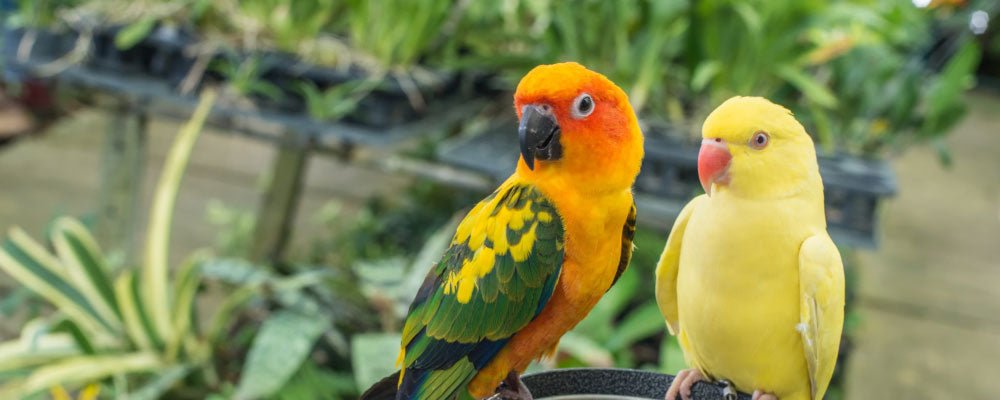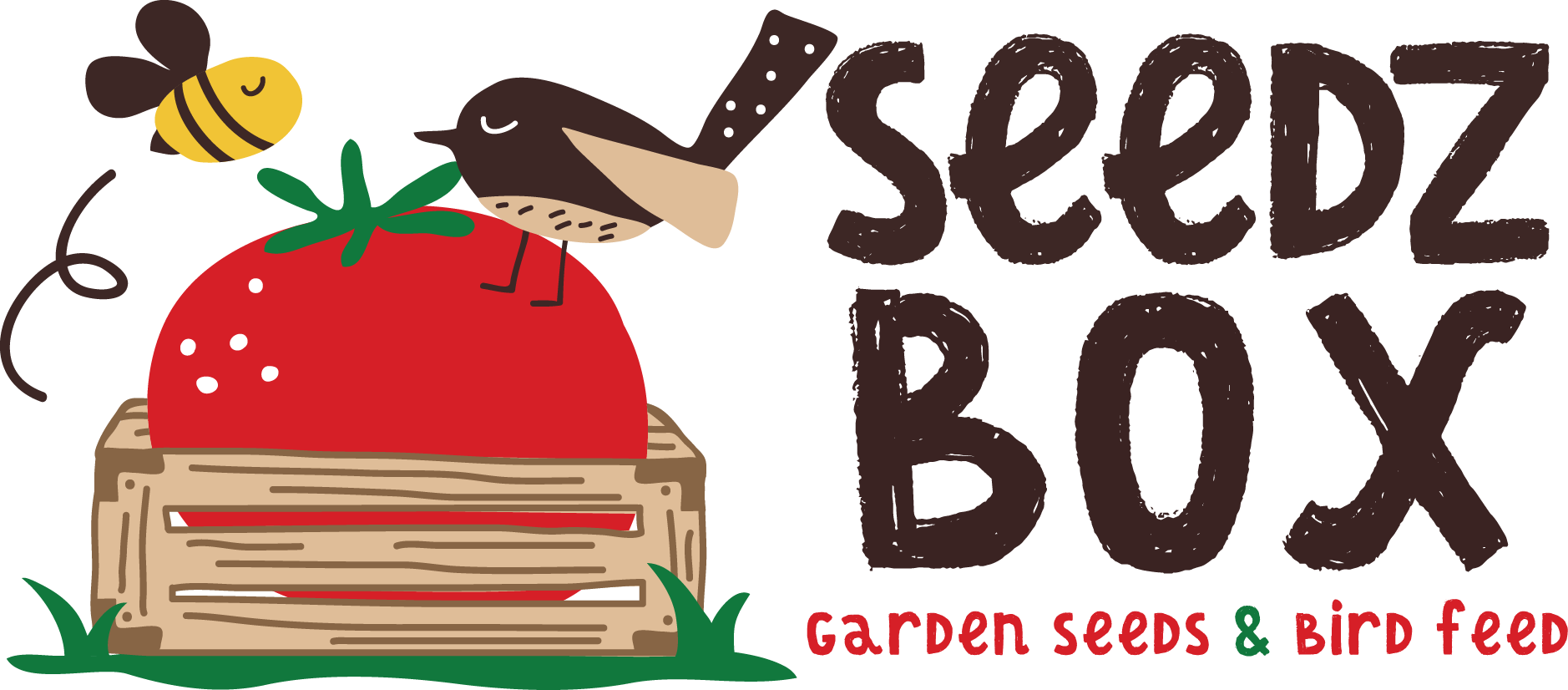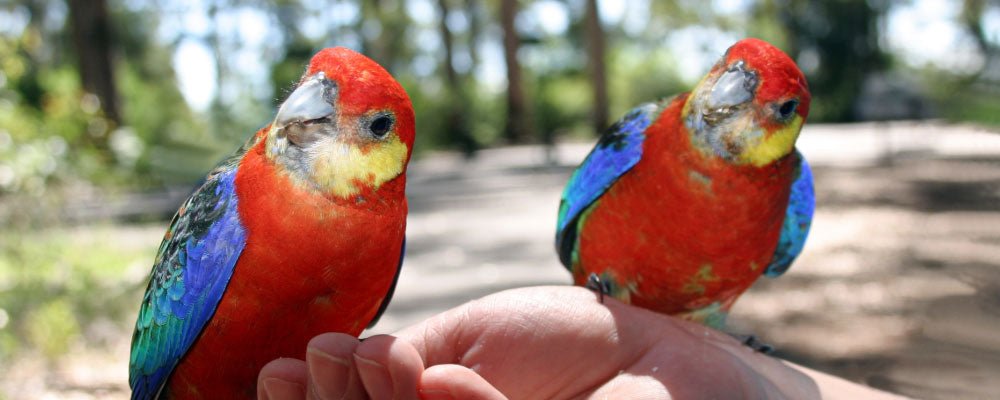
What’s The Difference Between Parrots and Other Birds?
Parrots are readily separated from other bird groups by a number of unique features. Starting off, parrots have a large hooked upper beak called rostrum with an undershot lower beak called mandible, which has the potential for formidable cracking power yet also amazing sensitivity for delicate preening and peeling fruits.
Parrot Eggs
Parrots lay white eggs in nests, holes in trees, or tunnels and, when hatched, parrot chicks are altricial hatched with eyes closed and no feathers and therefore totally dependent on their parents for warmth, protection, and food initially. Whereas other birds, such as ducks and geese, in contrast, have precocial chicks, which have downy feathers, eyes open, and can run around and swim as soon as they are dry.
Parrot Eyes
The eyes of parrots are large and capable of detecting colour, including ultraviolet wavelengths, and situated on the sides of their heads in order to give a wider field of vision to look out for predators. The eyes are also incredibly mobile, so that parrots can look down their beak at items held in the mouth or upwards and backwards to search for danger. The parrots’ muscles of the iris are striated, so parrots can voluntarily constrict and dilate their pupils at any time, which is used in threat display and courtship.
Parrot Nostrils
The nostrils of most parrots are contained within area of skin called the cere, which is situated above the upper beak and the forehead and unique to parrots. However, features that parrots share with other birds are pneumatized bones in which most of the long bones and parts of the pelvis and sternum or breastbone contain hollow air-filled cavities rather than marrow. The reason for this is that it aids buoyancy and helps with flight as these air cavities link up with the air-sacs to improve buoyancy and respiratory system.
Parrot Toes
The toes of parrots are called zygodactyl and parrots have two toes facing forward and two toes facing back, which aids climbing and dexterity witness parrots holding toys or food items in their feet. On the flip side, woodpeckers are one of the few other birds that share this unique trait as most other birds have three toes pointing forward and just one backward.
Parrot Skin
The skin of parrots is thinner and more fragile than in mammals, reptiles and a lot of other bird species as oil droplets coat the surface of the skin, providing waterproofing and anti-bacterial properties as well as contribute to being less heavy for flight. Most parrots also uniquely have a uropygial gland at the base of the spine just above the tail, which also produces an oily secretion aiding in plumage care and protection.
Parrot Kidneys
Finally, the parrots of kidneys are tri-lobed, which means they produce a combined waste of liquid urine and semi-solid crystalline urates, which are actually more common to both more primitive reptiles than birds.



Leave a comment
This site is protected by reCAPTCHA and the Google Privacy Policy and Terms of Service apply.